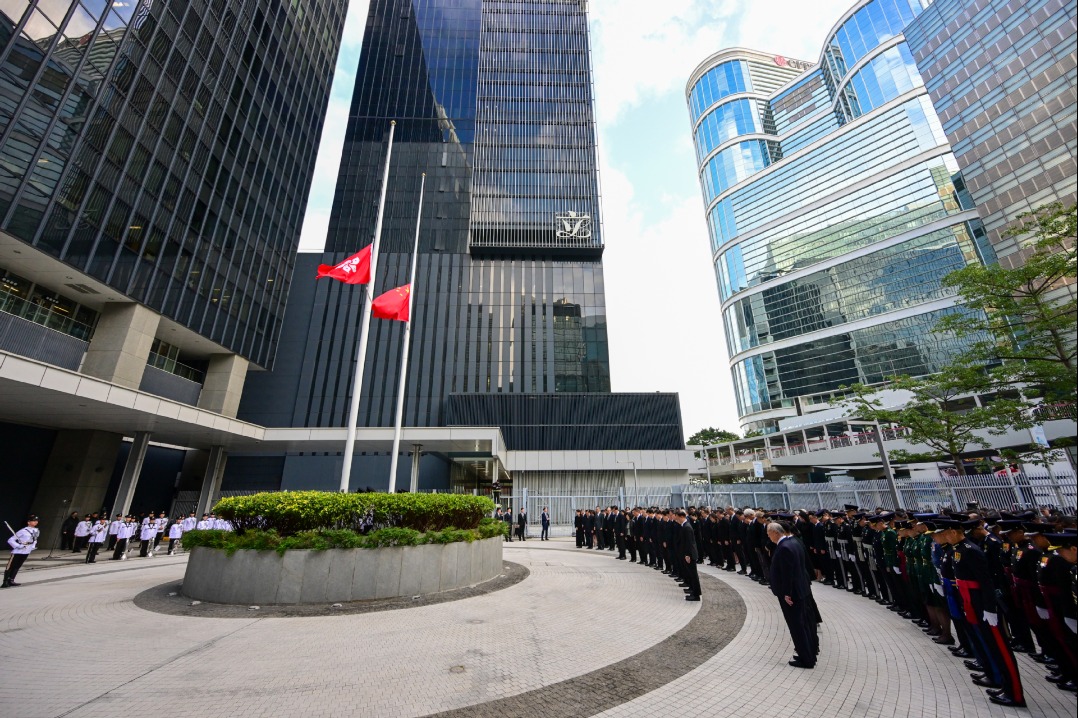Highest weather station set up on Qomolangma


Climbing Qomolangma is a critical objective for the second expedition. To tackle this mission, Yao said they have organized a massive party consisting of 16 teams and over 270 scientists and personnel, some of whom trained for over two years for the undertaking.
The party is also equipped with the most advanced scientific instruments available, which is a far cry from the first major scientific expedition decades ago, he said. "In the past, the three most commonly used tools for students were rock picks, compasses and notebooks. Only instructors could use cameras and barometers."
Now, researchers have access to drones, unmanned surface vehicles, weather balloons, airships and even helicopters, Yao said.
With the new equipment, along with strong government support and decades of hard work by scientists, China has become a global front-runner in fields such as glaciology, climate change and ecological studies related to the Qinghai-Tibetan Plateau, Yao said.
"As our research continues, I believe we will have more discoveries and developments to share with the world," he said.
























